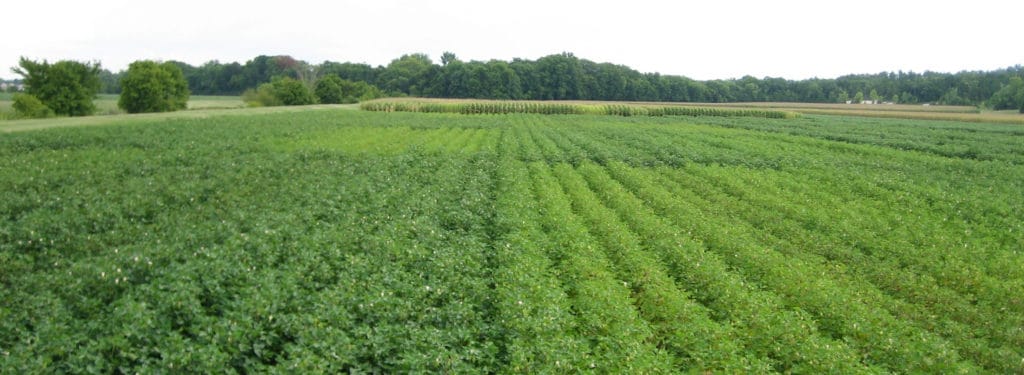 For much of West Tennessee, the time frame in which to apply Nitrogen (N) is quickly closing. After accumulating an impressive number of DD60s last week and catching a nice rainfall over the weekend, the crop is beginning to grow rapidly. This post intends to highlight a few key points in proper N management with recent research results while touching on some exciting in-field experiments. Continue reading
For much of West Tennessee, the time frame in which to apply Nitrogen (N) is quickly closing. After accumulating an impressive number of DD60s last week and catching a nice rainfall over the weekend, the crop is beginning to grow rapidly. This post intends to highlight a few key points in proper N management with recent research results while touching on some exciting in-field experiments. Continue reading
Recent Updates
Section 18 (Emergency Exemption) Label for Sivanto Prime in Sweet Sorghum
The EPA has granted our request for an emergency exemption, allowing the use of Sivanto prime in sweet sorghum for the control of sugarcane aphids. The section 18 label allows for use up to 10.5 oz/acre in a single application. However, testing in grain sorghum indicates 4-5 oz/acre provides excellent control. Application restrictions are Continue reading
Weed Tour is Wednesday
Dr. Steckel tells you what you can see at the Weed Tour this Wednesday (6/21/17) at the West Tennessee AgResearch & Education Center.
Fall Armyworms Look to Make and Early Start (again)
It seems that fall armyworms have gotten a running start in recent years. This species does not overwinter in Tennessee, but it may survive warm winters in the extreme southern areas of coastal states during mild winters. It migrates into Tennessee each year. Often, fall armyworms don’t show in substantial numbers until late July or August. However, they are being found Continue reading
Tennessee Market Highlights
Corn and cotton were down; soybeans were mixed; and wheat was up for
the week.
U.S. corn and soybean planting is all but complete. As such, focus will turn to
the critical pollination period for corn (June-July) and pod filling stage for
soybeans (July-August). The past two years the futures market has provided short lived rallies that offered opportunities to price corn near $4.50 for the December contract. Weather will be the driving factor in determining if the market can produce a similar
opportunity this summer. Any rallies, in the futures markets, should be viewed as opportunities to price additional production (with the caveat that projected production is sufficient to meet the additional pricing commitment). Do not trade price risk for production risk! Continue reading at Tennessee Market Highlights.
Preventing Dicamba Drift
In just the past few days, dicamba drift has been reported on Tennessee farms. As temperatures rise, so does the potential for increased off-target movement of dicamba. Watch as Larry Steckel discusses three actions to reduce drift and volatilization.
Irrigation for Corn and Soybeans
Warm weather and high heat indexes mean farmers are irrigating fields that have missed rain recently. It is important to consider crop stage and utilize available soil sensor data to make the best decision on when and how much water to apply. Continue reading

